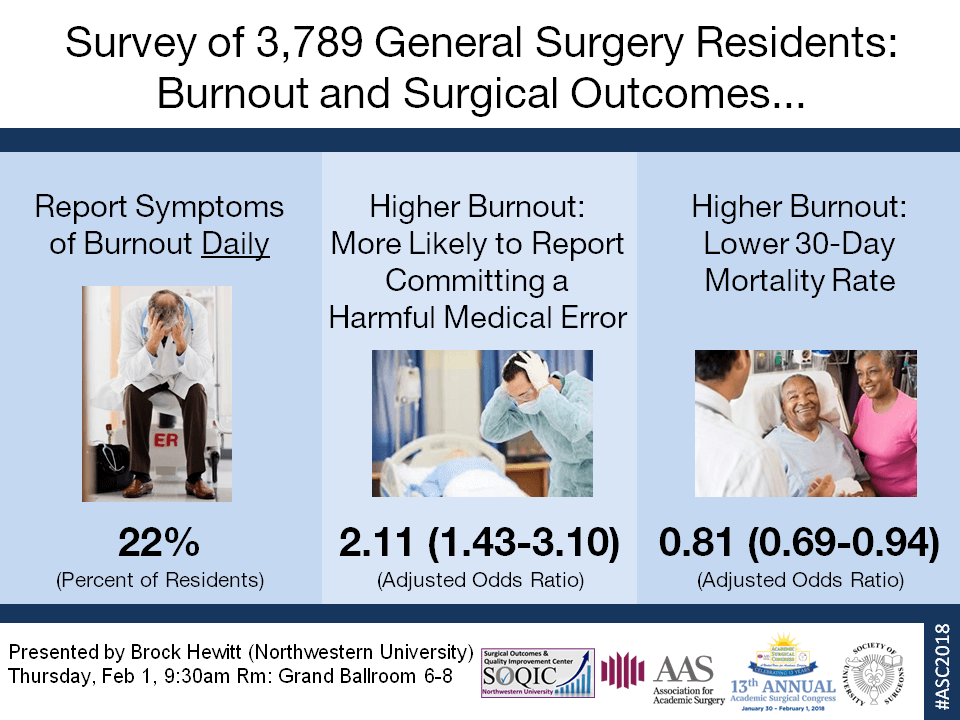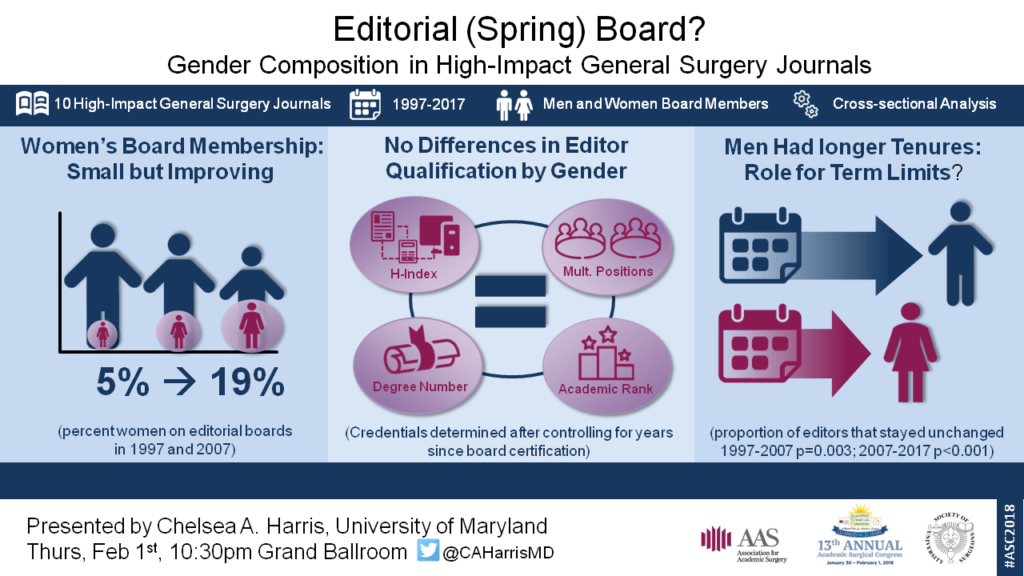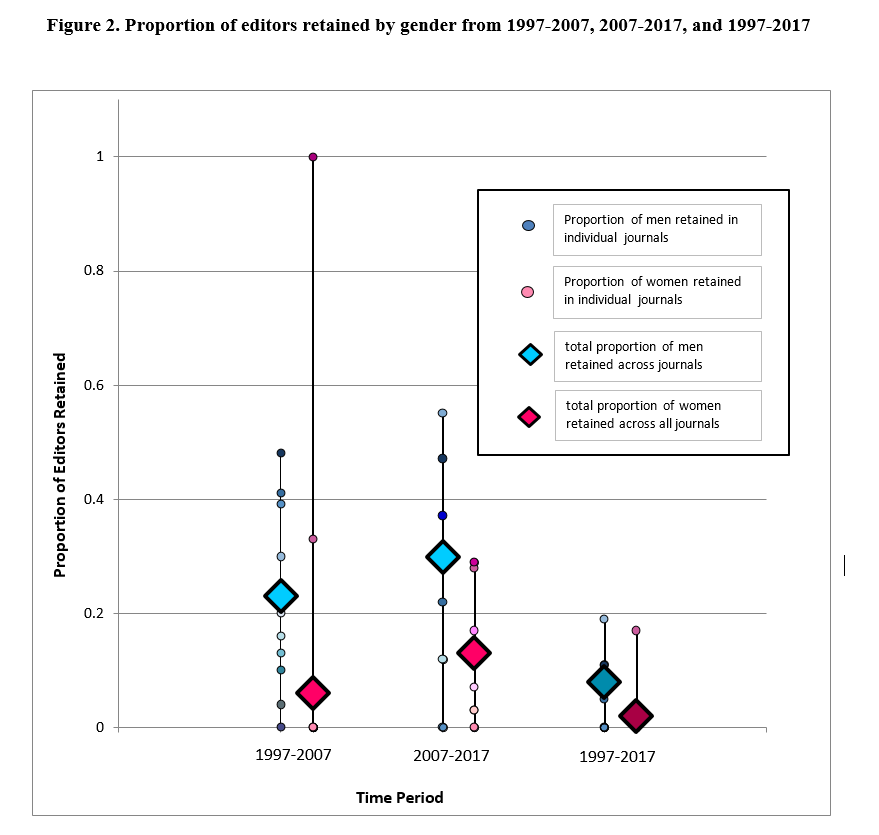N. Higuita-Castro1,2, C. Wier3, J. Moore1,2, S. Duarte-Sanmiguel2,5, A. Sunyecz1, C. K. Sen1, S. J. Kolb3,4, D. Gallego-Perez1,2 1The Ohio State University,Department Of Surgery,Columbus, OHIO, USA 2The Ohio State University,Department Of Biomedical Engineering,Columbus, OHIO, USA 3The Ohio State University,Department Of Neurology,Columbus, OHIO, USA 4The Ohio State University,Department Of Biological Chemistry & Pharmacology,Columbus, OHIO, USA 5The Ohio State University,OSU Nutrition,Columbus, OHIO, USA
Introduction: Autologous tissue reprogramming has the potential to enable a myriad of highly promising cell therapies. Status quo methodologies for tissue reprogramming, however, face numerous hurdles, including heavy reliance on viral infection, and a highly stochastic nature among others. We developed a novel nanotechnology-enabled platform to reprogram surgically accessible tissues (i.e., virus-free) in a highly deterministic and benign manner. Such an approach was demonstrated in mice using peripheral nerve, spinal cord, brain, skeletal muscle and subcutaneous fat as model tissues.
Methods: Cleanroom-based manufacturing was used to nanofabricate miniaturized devices for nanochannel-mediated reprogramming factor delivery into surgically accessible tissues of adult mice. Such channels were used to controllably nanoporate the cell membranes and electrophoretically drive a wide variety of reprogramming factors into the tissue cells in a highly controlled manner. Delivery efficiency, cargo uptake dynamics and reprogramming outcomes were assessed via immunofluorescence microscopy and qRT-PCR.
Results: Tissue sections collected immediately after transfection revealed successful cytosolic cargo delivery following the implementation of a millisecond-long pulsed electric field. No adverse behavioral effects were noted in mice that underwent the transfection procedure. Immunofluorescence analysis and qRT-PCR confirmed strong gene expression in the targeted tissues. Localized delivery of reprogramming factors led to the conversion of support tissue stroma into functional tissue parenchyma of various types depending on the nature of the reprogramming factors.
Conclusion: We developed a novel and straightforward approach to controllably transfect and modulate the fate of surgically accessible stromal tissue using a nanofabricated chip platform. Preliminary findings support the feasibility of non-viral gene delivery to targeted tissues and subsequent stromal reprogramming. Ongoing studies are currently focused on developing reprogramming-based autologous cell therapies conducive to tissue regeneration following focal injury.









